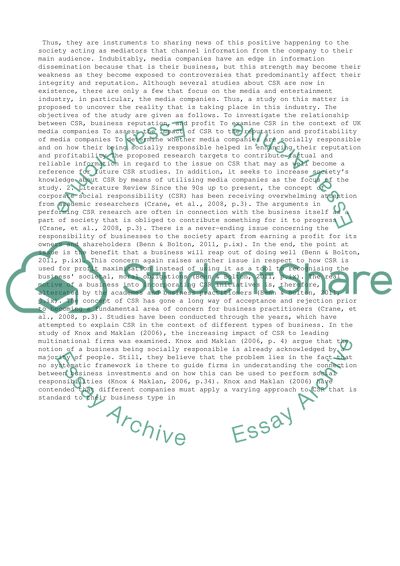Cite this document
(“Business and management research project, focusing on CSR and its Essay”, n.d.)
Business and management research project, focusing on CSR and its Essay. Retrieved from https://studentshare.org/business/1460937-business-and-management-research-project-focusing
Business and management research project, focusing on CSR and its Essay. Retrieved from https://studentshare.org/business/1460937-business-and-management-research-project-focusing
(Business and Management Research Project, Focusing on CSR and Its Essay)
Business and Management Research Project, Focusing on CSR and Its Essay. https://studentshare.org/business/1460937-business-and-management-research-project-focusing.
Business and Management Research Project, Focusing on CSR and Its Essay. https://studentshare.org/business/1460937-business-and-management-research-project-focusing.
“Business and Management Research Project, Focusing on CSR and Its Essay”, n.d. https://studentshare.org/business/1460937-business-and-management-research-project-focusing.


